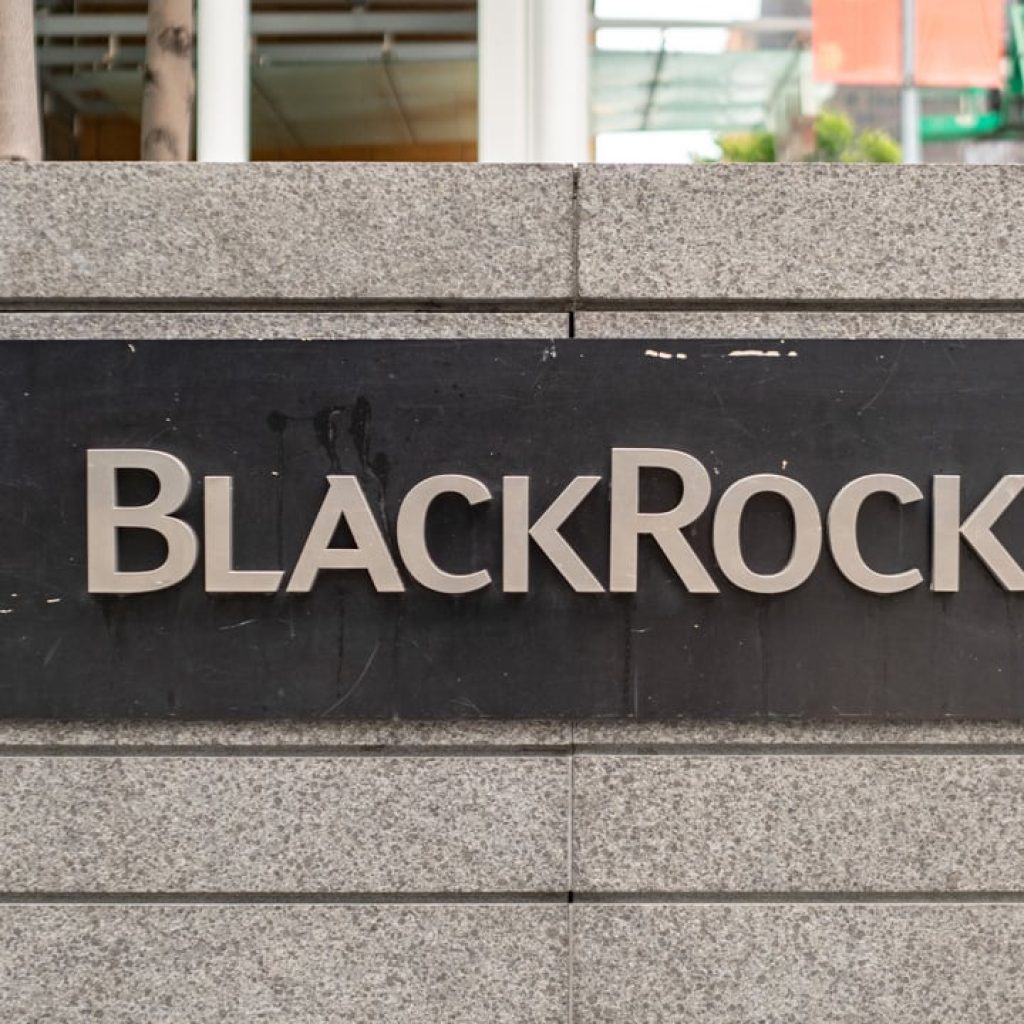
The bitcoin held by institutional traders (INS) in their respective crypto portfolios saw an “almost twofold” increase in the initial three quarters of 2023. Institutional traders’ BTC allocation shifted from under 40% in January to nearly 50% by the end of September.
The Spot Bitcoin ETF Factor
According to a study conducted by the crypto platform Bybit, the bitcoin held by INS saw an “almost twofold increase in their Bitcoin holding percentage” during the initial three quarters of 2023. The study report suggests that the accumulation trends by these traders depict a pattern which is distinct from that of VIP and retail traders.
For context, the BTC holding percentages for the VIP and retail traders at the start of 2023 and the end of Q3 are almost identical. Even after the June BTC price rally, which saw the crypto asset surge past the $30,000 mark for the first time in 2023, these traders did not change their holding levels.
The study data meanwhile shows that institutional traders’ BTC allocation had shifted from under 40% in January to nearly 50% by the end of September. Coincidentally, September was the month when large asset managers like Blackrock began to signal their intention to launch spot Bitcoin exchange-traded funds (ETFs).
“This alignment with the prevailing positive market sentiment toward Bitcoin can be attributed to favourable lawsuit outcomes, fostering anticipation for the SEC’s potential approval of a spot BTC ETF,” the Bybit report stated.
The report also notes that retail traders had the lowest holding percentage in BTC composition compared to INS and VIP.
VIP and Retail Traders Shun Ether Post Shapella Upgrade
According to the study findings, traders’ ether (ETH) holdings during the period fell because of “a broader lack of interest” in the crypto asset since the Shapella upgrade. On the other hand, the INS ether holdings percentage at the end of Q3 had gone past 20%.
However, when it comes to stablecoin holdings, retail traders “consistently exhibit the highest stablecoin percentage.” In the past, when bulls dominated markets, retail traders tended “to decrease their stablecoin holding percentage.”
In contrast, institutional traders have tended to reduce their stablecoin holdings in bearish markets and only increase them in bullish markets. Such maneuvers point to successful market timing by institutional traders, according to the study report.
What are your thoughts on this story? Let us know what you think in the comments section below.





